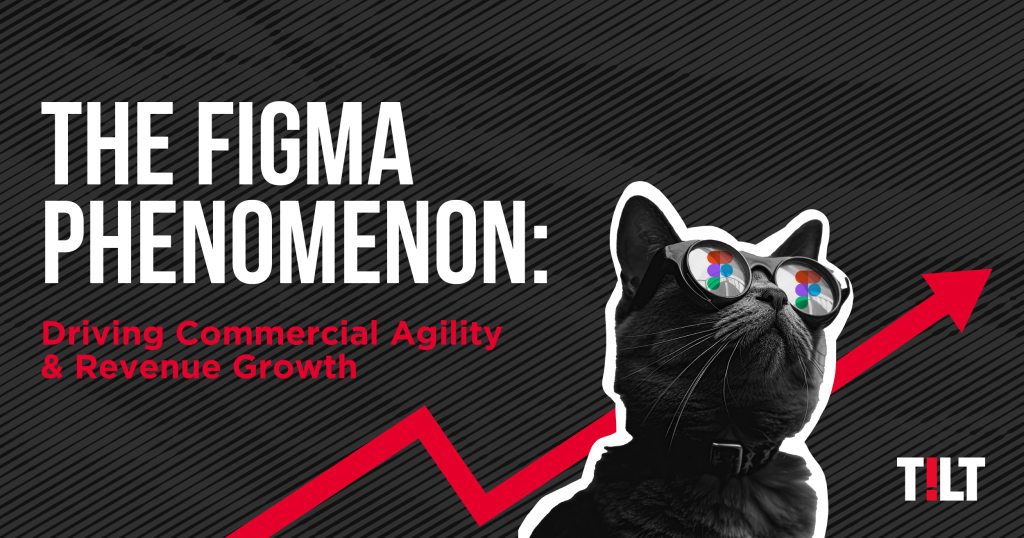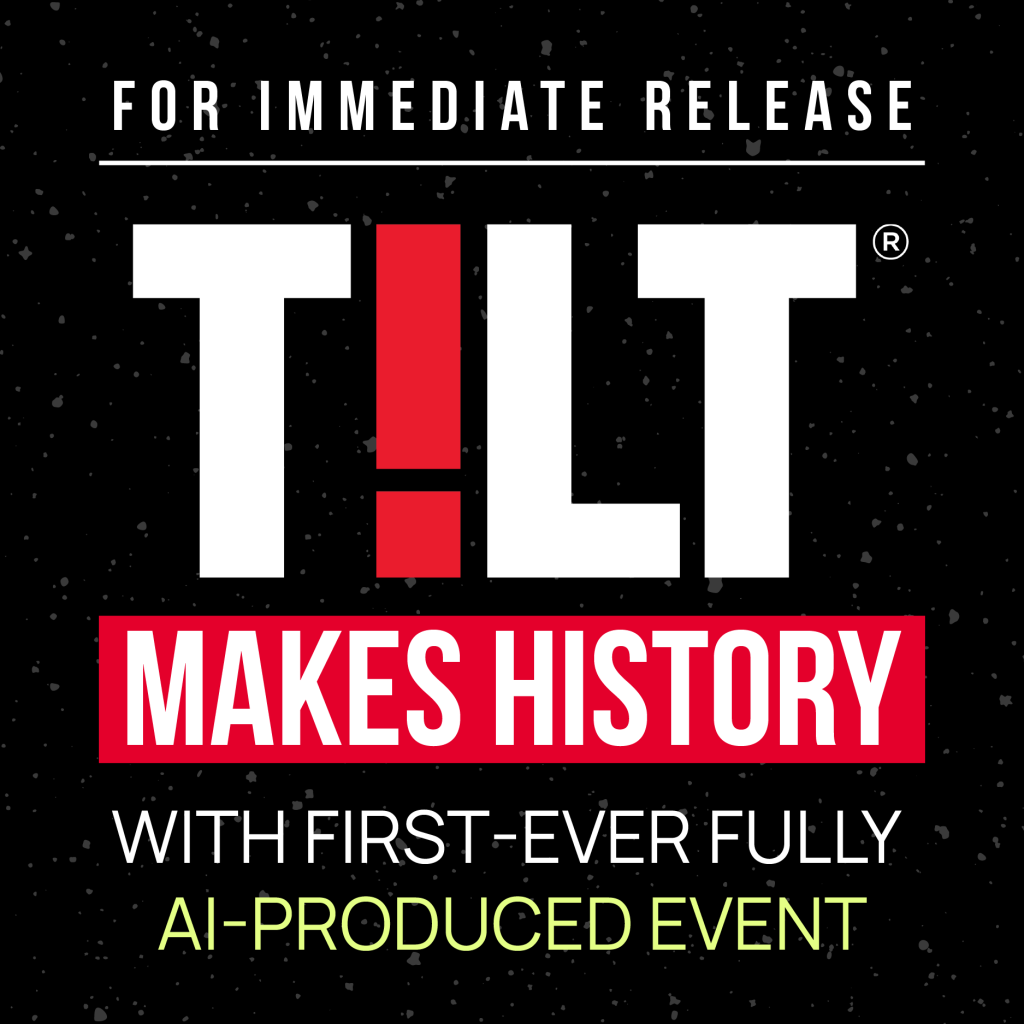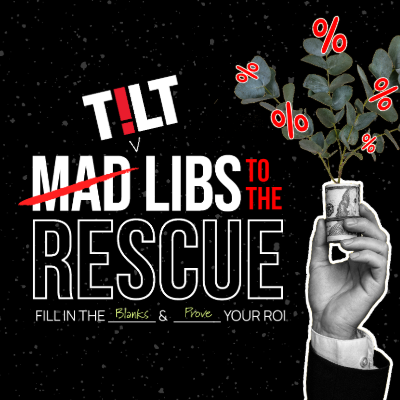
In the cutthroat landscape of modern business, Chief Commercial Officers know that revenue growth isn’t just about sales—it’s about the entire customer journey, from initial touchpoint to seamless product experience. In the chaotic, caffeine-fueled world of digital execution, few tools have flipped the script like Figma.
What started as a bold experiment in browser-based design is now the collaborative backbone of agile teams—used by product managers, marketing strategists, sales enablement leads, and executive stakeholders alike.
This post isn’t a love letter. It’s a strategic diagnosis of a tool that’s become essential. Why did Figma rise so fast—and more importantly, how does it translate into measurable gains for your sales cycles, market expansion, and bottom line?
So, What Made Figma a Strategic Imperative?
When Figma launched in 2016 (after four years in stealth), it immediately disrupted the design status quo. Competitors clung to desktop software. Figma went fully cloud-based and for commercial leaders, that changed everything.
- Real-Time Collaboration: Multiple users on the same file? A game-changer for aligning sales, marketing, and product. Customer journeys, sales decks, and product demos evolve faster, with fewer delays.
- Platform Agnostic: No Mac-only nonsense. Figma runs in any browser, on any OS. This enables cross-functional teams—from sales reps in the field to agency partners overseas—to seamlessly collaborate in real time.
- Built-In Version Control: Say goodbye to SALES_DECK_FINAL_v7_ACTUALFINAL.ppt. Every iteration is tracked, ensuring consistency in messaging and reducing time wasted searching for the latest version.
Figma didn’t just improve design—it redefined how commercial teams drive speed, synergy, and scalable execution across the go-to-market engine.
The Pros: Where Figma Elevates Your Commercial Engine
Figma isn’t just a design tool: it’s a business accelerator.
- Collaboration That Works: Live co-editing. Contextual comments. FigJam for brainstorming product positioning, campaign strategy, or sales pitch refinement. This reduces cycle times and increases velocity across the pipeline.
- Zero Setup, Zero Lag Time: No installs. No updates. No excuses. Your teams access what they need, when they need it. Faster campaign launches. More productive sales reps. Simpler onboarding.
- Intuitive UX for Non-Designers: Even non-creative roles can navigate Figma with ease—empowering sales, ops, and marketing teams to review, contribute, and iterate earlier.
- Interactive Prototypes Without Code: Mock up feature walkthroughs, digital experiences, or client presentations. Validate ideas fast—before investing in dev time. Reduce risk. Tighten product-market fit.
- Developer Handoff That Doesn’t Break the Chain: Dev Mode ensures your commercial vision is executed precisely—minimizing rework, accelerating sprints, and getting to revenue faster.
- Design Systems at Scale = Market Consistency: Shared libraries and reusable components keep every digital touchpoint on-brand. Whether it’s a landing page or sales asset, your presence is cohesive and credible.
- Plugins That Deliver Operational Efficiency: From banner ad templates to prototype analytics, Figma’s plugin ecosystem helps teams move faster with fewer resources.
- Free Tier with Real Functionality: Perfect for onboarding enablement teams, piloting prototypes, or building pitch decks—without procurement delays or tech friction.
The Cons: Where the Glow Dims
Even great platforms have edges. Here’s what to consider:
- Internet or Bust: Offline functionality is limited. For teams in transit or working remotely, this can hinder productivity without proper planning.
- Performance at Scale: Large, complex projects can lead to lag. Good file hygiene and thoughtful structuring help—but it’s still a known challenge.
- Advanced Features = Steep Learning Curve: Power users will need upskilling, especially when building advanced interactive flows or using newer features like variables and conditional logic.
- Feature Creep Is Real: Slides, FigJam, Dev Mode—great tools, but not always relevant for everyone. Encourage teams to use what drives outcomes, not just novelty.
- Scaling Costs: The jump from free to enterprise-level pricing is significant. Features like SSO, advanced analytics, or granular permissions require a thoughtful ROI justification.
What’s Next: Where Figma’s Headed (and Why It Matters)
As Figma evolves, here’s what commercial leaders should track:
- AI-Driven Efficiency: From auto-generated content to predictive design improvements, Figma’s AI integrations are poised to eliminate low-value tasks and accelerate iteration across customer-facing work.
- End-to-End Integration with Dev + Ops: Expect deeper ties with platforms like GitHub, Jira, Salesforce. Seamless handoffs = faster time-to-market and tighter product-to-sales alignment.
- Designing for the Next Frontier (AR/VR/3D): As immersive experiences gain traction in enterprise sales and customer engagement, Figma is likely to expand into new spatial and experiential formats.
- Offline Enhancements (Hopefully): Improving offline capabilities would make Figma even more viable for remote and field-based teams.
- IPO Potential = Innovation Surge: If a public offering materializes (expected late 2025 or early 2026), expect renewed investment in features and ecosystem growth—benefiting the businesses already in its orbit.
Final Thought
Figma isn’t the future of digital execution—it’s the now. For modern, agile organizations, it’s how ideas move from whiteboard to working prototype… and into the hands of customers faster.
Yes, it has limitations. But so does any tool that reshapes an industry.
So if your teams are still stuck in static decks and endless email reviews, here’s the TL;DR:
Figma is the engine behind faster execution, sharper customer experiences, and measurable commercial impact. Ignore it at your own expense.

-
- Posted by Steve Leamer

-
- Posted by Steve Leamer

-
- Posted by Julianne Harris

-
- Posted by Jack Reeves

-
- Posted by Kaileigh Willis








